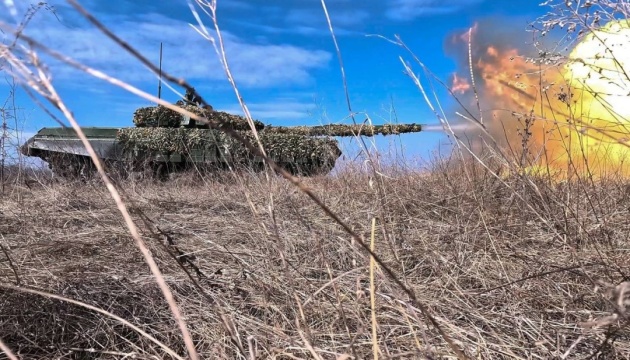


In recent weeks, diplomatic chatter has swelled into high-stakes speculation. After closed-door meetings in Brussels and Washington, European governments are left in limbo, awaiting what many believe to be a decisive shift in U.S. policy, a potential reduction or redeployment of American troops stationed in Europe. At the centre of the drama is the President himself, whose blunt messaging has become a defining feature of transatlantic relations.
“Europe must pay its fair share,” Trump declared at a rally in Ohio last week. “Why should American taxpayers defend countries that won’t defend themselves?”
It is not an unfamiliar refrain. Trump’s long-standing grievance, backed by swathes of the U.S. electorate, is that European NATO members rely disproportionately on American military power while shirking their financial and operational responsibilities. What has changed, however, is that the rhetoric now seems poised to be backed by action.
Since the Cold War, the U.S. military presence in Europe has served not only as a deterrent to Russian aggression but also as a stabilising force underpinning the postwar international order. At present, around 80,000 U.S. troops are stationed across the continent, concentrated in Germany, Italy, and the UK. American logistics hubs, missile shields, and air bases form the bedrock of NATO’s rapid response capabilities.
To trim those numbers would not be merely symbolic. It would require NATO to confront a new operational reality. European armies—particularly those of Germany, Belgium, and Spain—have for years run down their stockpiles and let conscription wither, relying instead on diplomacy and the security umbrella provided by Washington.
According to sources close to NATO headquarters, Trump’s inner circle has floated several options ranging from a modest redeployment of troops to Eastern Europe (a nod to Poland’s hawkish government) to a more dramatic withdrawal that would see thousands of soldiers return to U.S. soil or shift to the Indo-Pacific theatre.
One senior EU diplomat, speaking anonymously, characterised the mood in Brussels as “sober and concerned, but not panicked.” The question is not whether the U.S. will pull back, but when, and how far.
The alarm bells are louder in some capitals than others. Baltic states, along with Poland, have long warned that European complacency would one day invite strategic vulnerability. Warsaw, for its part, has pledged to increase defence spending to 4% of GDP, well above the NATO minimum. Meanwhile, French President Emmanuel Macron continues to champion European “strategic autonomy,” but has yet to present a workable model that includes both France and Germany in equal partnership.
Berlin remains the glaring exception. Despite recent increases in military spending, Germany continues to fall short of its 2% target and faces deep domestic unease about remilitarisation. That hesitancy, deeply rooted in post-war political culture, now risks undermining the very alliance that has preserved German security for 75 years.
If Trump follows through with significant reductions, Europe will face hard choices. Either shoulder the burden by rearming at speed, or face the uncomfortable reality of diminished deterrence in an age of revived Russian expansionism.
The war in Ukraine, now in its third year, has exposed the brittleness of Europe’s military readiness. Ammunition shortages, logistical bottlenecks, and patchy interoperability between national forces have all come under scrutiny. American support has been the linchpin—without it, Ukraine would likely not have endured this long.
A large-scale U.S. troop withdrawal would thus have symbolic and practical consequences. It would embolden Moscow, demoralise Kyiv, and potentially fracture NATO’s already fragile consensus on collective defence. It could also breathe new life into Europe’s more radical populist movements, many of whom share Trump’s scepticism toward NATO and U.S. entanglements abroad.
Ultimately, the debate is about more than tanks and troop numbers. It is about Europe’s political will and strategic maturity. Can the EU, with all its economic might, act as a cohesive military actor? Can its leaders overcome ideological and national divides to meet the demands of a more dangerous world?
For too long, Europe has hidden behind the comfortable fiction that soft power alone could secure its place in the world. That illusion may soon be tested. Trump, with all his bluster, may be doing the continent a favour by forcing a long-overdue reckoning.
The bill for peace has arrived. Whether Europe is willing—or able—to pay it remains to be seen.